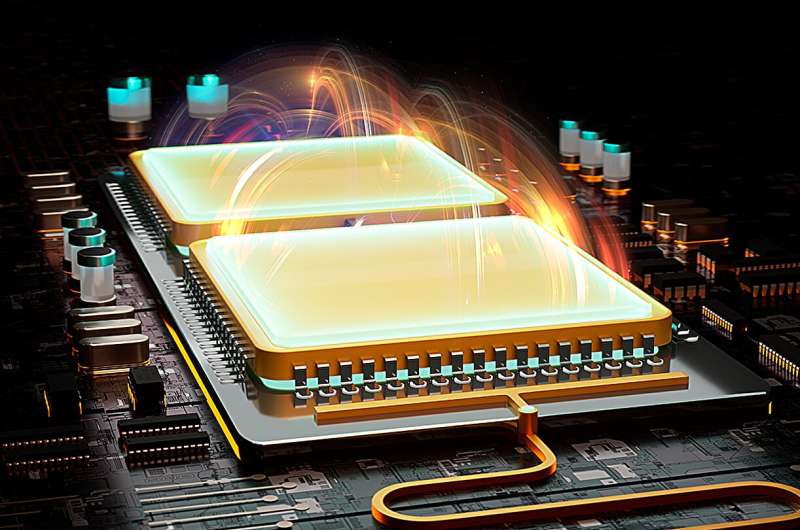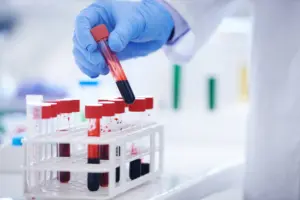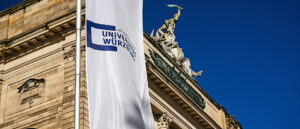
On July 8, 2025, physicists from Aalto University in Finland made a groundbreaking announcement in the realm of quantum computing. Their research, published in Nature Communications, reveals a transmon qubit coherence measurement that surpasses all previous records, reaching the millisecond threshold. This milestone represents a significant advancement in computational technology, as the previous maximum echo coherence measurements hovered around 0.6 milliseconds.
The implications of this achievement are profound. Longer qubit coherence times mean that quantum computers can perform error-free operations for extended periods, facilitating more complex computations and an increased number of quantum logic operations before errors occur. This advancement not only enhances the capability of noisy quantum computers but also reduces the resources required for quantum error correction, paving the way toward noiseless quantum computing.
Breakthrough in Quantum Coherence
“We have just measured an echo coherence time for a transmon qubit that landed at a millisecond at maximum with a median of half a millisecond,” stated Mikko Tuokkola, the Ph.D. student who conducted and analyzed the measurements. The median reading, surpassing current records, highlights the significance of this development.
The research team has meticulously documented their approach to ensure that it can be reproduced by research groups worldwide. This transparency is crucial for advancing global quantum research and fostering collaboration among scientists.
Finland’s Quantum Leadership
Tuokkola’s work was supervised by Dr. Yoshiki Sunada, a postdoctoral researcher at Aalto University, who played a pivotal role in fabricating the chip and constructing the measurement setup. “We have been able to reproducibly fabricate high-quality transmon qubits. The fact that this can be achieved in a cleanroom accessible for academic research is a testament to Finland’s leading position in quantum science and technology,” remarked Sunada, who is currently continuing his research at Stanford University in the United States.
The research is a product of the Quantum Computing and Devices (QCD) group, part of Aalto University’s Department of Applied Physics, the Academy of Finland Center of Excellence in Quantum Technology (QTF), and the Finnish Quantum Flagship (FQF). The qubit was crafted using high-quality superconducting film supplied by the Technical Research Center of Finland (VTT), underscoring the collaborative effort behind this success.
Implications for the Future
The achievement reflects the exceptional quality of the Micronova cleanrooms at OtaNano, Finland’s national research infrastructure for micro-, nano-, and quantum technologies. “This landmark achievement has strengthened Finland’s standing as a global leader in the field, moving the needle forward on what can be made possible with the quantum computers of the future,” said Professor of Quantum Technology Mikko Möttönen, who leads the QCD group.
Looking ahead, this breakthrough opens new avenues for quantum computing, promising enhanced computational capabilities and efficiency. The research not only elevates Finland’s status in the global scientific community but also sets a new benchmark for quantum coherence, inspiring further innovations in the field.
For more information, refer to the original publication: Mikko Tuokkola et al, “Methods to achieve near-millisecond energy relaxation and dephasing times for a superconducting transmon qubit,” Nature Communications (2025). DOI: 10.1038/s41467-025-61126-0.







